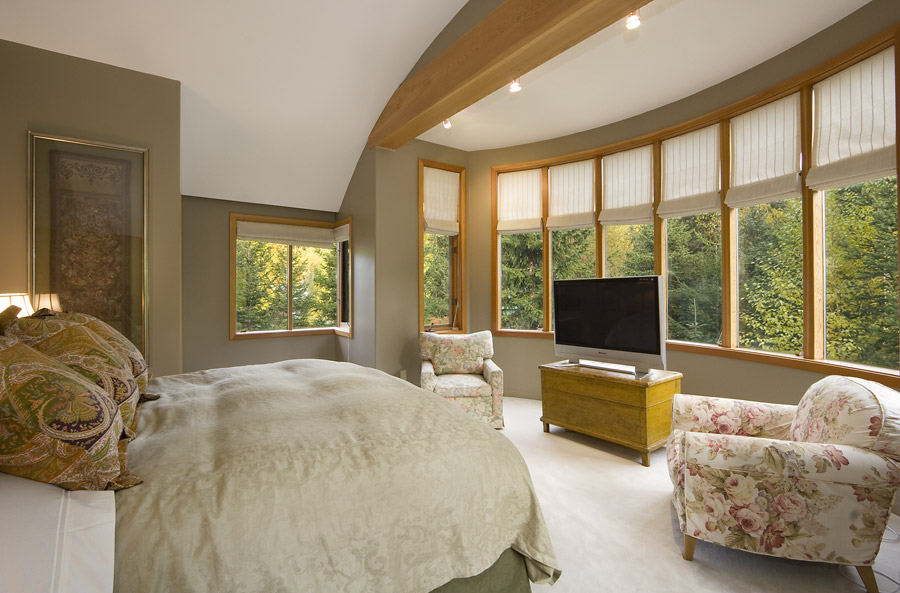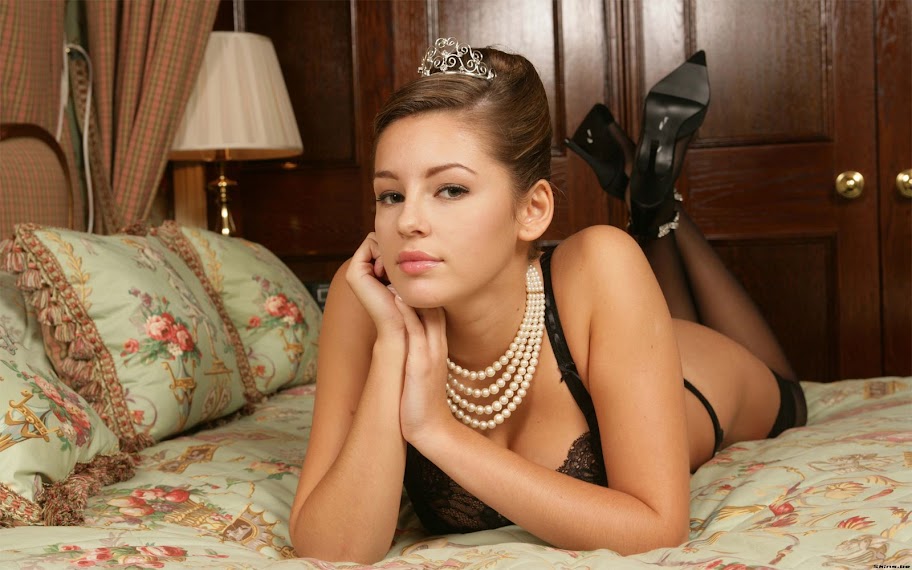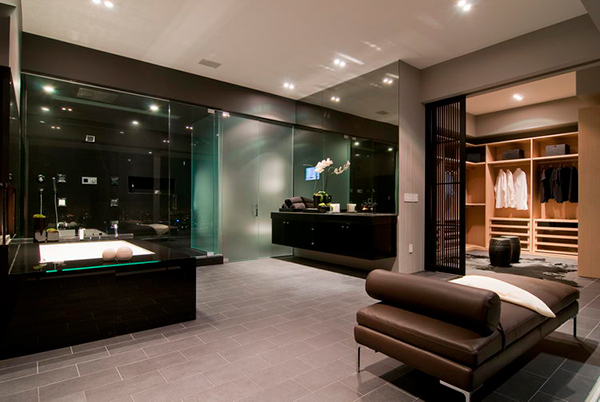|
|
|---|
Saturday, May 30, 2009
Paint has been used for centuries to decorate all kinds of homes and in that time a huge variety of finishes and effects have been employed beyond the flat coverage of a simply painted surface. Many of what are now regarded as traditional paint effects have their origins in the great houses of the European aristocracy and were later adopted by the rising merchant classes who wanted to share in those splendors themselves. Paint effects are a wonderful way to express your character and that of your home and the people who live with you.
Transformation, illusion, or more frankly deception, was usually the guiding principle, whether the effect was one of rough stone, luxurious marbling or the opulence of gliding. Even the colors can give the look of a period like the color blue-grey represents the traditional Scandinavian interior , the dazzling blues , soft pinks and warm ochre that outface the Mediterranean sun and the sober tones remind of the interiors of United states. These are styles and finishes firmly rooted in the often harsh climate and economic or social realities of a particular region, perpetuated over centuries by people whom the concept of style has often, for one good reason or another, been meaningless.
Choosing the color and finish for the walls are probably the most important decision you make when decorating a room. The paint should reflect the character of those who live and work there and the atmosphere they want to create. However, daring to try something new is fun and may reveal a new side of you, the possibilities are endless. Creating the right wall finish for a period interior was once time consuming and expensive. Today successful substitutes have been found for the unusual and expensive products required using the different permutations and combinations, one can easily reproduce the interiors with an authentic look. Any style of interior is now within your range - from a country kitchen to a baronial hallway. Paint techniques can also be used to disguise some surface imperfections, which is much cheaper than having your walls replastered. Thus, one should always consider the following tips while doing the paint.
Transformation, illusion, or more frankly deception, was usually the guiding principle, whether the effect was one of rough stone, luxurious marbling or the opulence of gliding. Even the colors can give the look of a period like the color blue-grey represents the traditional Scandinavian interior , the dazzling blues , soft pinks and warm ochre that outface the Mediterranean sun and the sober tones remind of the interiors of United states. These are styles and finishes firmly rooted in the often harsh climate and economic or social realities of a particular region, perpetuated over centuries by people whom the concept of style has often, for one good reason or another, been meaningless.
Choosing the color and finish for the walls are probably the most important decision you make when decorating a room. The paint should reflect the character of those who live and work there and the atmosphere they want to create. However, daring to try something new is fun and may reveal a new side of you, the possibilities are endless. Creating the right wall finish for a period interior was once time consuming and expensive. Today successful substitutes have been found for the unusual and expensive products required using the different permutations and combinations, one can easily reproduce the interiors with an authentic look. Any style of interior is now within your range - from a country kitchen to a baronial hallway. Paint techniques can also be used to disguise some surface imperfections, which is much cheaper than having your walls replastered. Thus, one should always consider the following tips while doing the paint.
|
0 Comments:
Subscribe to:
Post Comments (Atom)














